Home>Gardening & Outdoor>Pool & Spa Care>How Cold Is Too Cold To Use On A Hot Tub
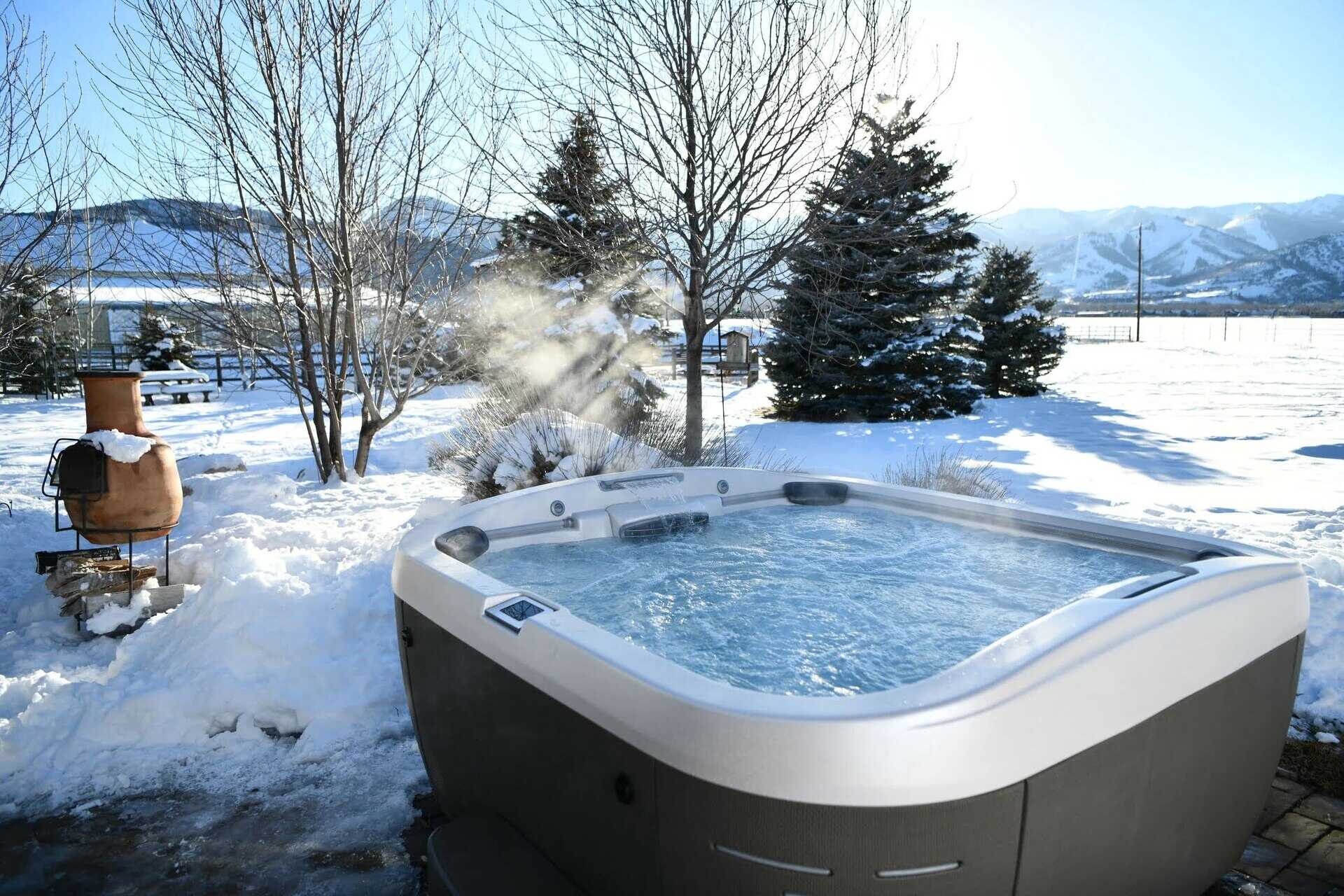

Pool & Spa Care
How Cold Is Too Cold To Use On A Hot Tub
Modified: October 21, 2024
Learn how to determine the ideal temperature for your hot tub with our pool and spa care tips. Find out when it's too cold to use your hot tub.
(Many of the links in this article redirect to a specific reviewed product. Your purchase of these products through affiliate links helps to generate commission for Storables.com, at no extra cost. Learn more)
Introduction
Owning a hot tub is a luxurious and relaxing way to unwind, especially during chilly weather. However, as the temperatures drop, many hot tub owners wonder how cold is too cold to enjoy their beloved spa. Understanding the optimal conditions for hot tub use and the potential risks associated with colder temperatures is essential for ensuring a safe and enjoyable experience.
In this comprehensive guide, we will explore the ideal temperature for hot tubs, the potential risks of using hot tubs in cold weather, and provide valuable tips for making the most of your hot tub during the colder months. Whether you're a seasoned hot tub owner or considering investing in this delightful amenity, this article will equip you with the knowledge to maximize your enjoyment while prioritizing safety and comfort. So, let's dive in and unravel the mysteries of hot tubbing in cold weather!
Key Takeaways:
- Ideal Hot Tub Temperature
The Ideal Hot Tub Temperature is 100-102°F, providing relaxation and therapeutic benefits. Adjust based on personal preference and weather conditions for a delightful experience. - Cold Weather Hot Tub Tips
In cold weather, monitor the temperature, use insulating covers, and minimize exposure to cold air. Regular maintenance and proper care ensure a cozy and rejuvenating hot tub experience.
Read more: How Cold Is Too Cold For Hot Tub
Ideal Temperature for Hot Tubs
When it comes to hot tubs, the ideal temperature plays a pivotal role in ensuring a delightful and therapeutic experience. The standard recommended temperature for a hot tub is between 100°F and 102°F (37.8°C to 38.9°C). This range strikes a perfect balance between warmth and safety, allowing you to relax and unwind without the risk of overheating. However, personal preferences and health conditions can influence the ideal temperature for individual hot tub users.
For those seeking muscle relaxation and stress relief, a temperature closer to 100°F (37.8°C) may be preferable. On the other hand, individuals with arthritis or other joint-related conditions might find greater relief and comfort at the higher end of the temperature spectrum, around 102°F (38.9°C). It’s important to listen to your body and adjust the temperature based on your comfort and well-being.
Moreover, the ambient temperature and weather conditions should also influence your hot tub’s temperature settings. During colder weather, increasing the temperature by a few degrees can help offset the chill in the air, ensuring that your hot tub remains a cozy retreat even when it’s frosty outside. Conversely, in warmer climates or during the summer months, lowering the temperature can prevent overheating and make your hot tub sessions more enjoyable.
By maintaining the ideal temperature in your hot tub, you can reap the full benefits of hydrotherapy, including improved circulation, reduced muscle tension, and overall relaxation. It’s the perfect way to soothe both body and mind, regardless of the season.
Risks of Using Hot Tubs in Cold Temperatures
While hot tubs are designed to provide warmth and relaxation, using them in extremely cold temperatures can pose certain risks to both the users and the equipment. One of the primary concerns is the potential for hypothermia, especially if the hot tub’s temperature is not adequately maintained or if users stay in the water for prolonged periods.
When the ambient temperature is significantly lower than the hot tub’s water temperature, users can experience rapid heat loss once they exit the water. This can lead to a dangerous drop in body temperature, putting them at risk of hypothermia. Additionally, if the hot tub’s temperature is not adjusted to accommodate colder weather, the water might not provide sufficient warmth to counteract the chilly outdoor conditions, increasing the likelihood of hypothermia.
Furthermore, cold temperatures can impact the hot tub’s mechanical components and plumbing. When exposed to freezing temperatures, any residual water in the plumbing lines can freeze and expand, potentially causing pipes to burst or components to malfunction. This can result in costly repairs and downtime for the hot tub, disrupting its regular use and causing inconvenience for the owners.
Another risk associated with using hot tubs in cold weather is related to electrical safety. Snow, ice, or freezing rain can create hazardous conditions around the hot tub’s electrical components, increasing the risk of electrical malfunctions or shocks. It’s crucial to ensure that the hot tub’s electrical systems are properly insulated and protected from the elements to prevent such hazards.
Understanding these risks underscores the importance of taking precautions when using hot tubs in cold temperatures. By addressing these concerns and implementing appropriate safety measures, hot tub owners can continue to enjoy their spa while safeguarding their well-being and preserving the longevity of their equipment.
It is generally recommended to not use a hot tub if the temperature is below 50°F (10°C). Cold temperatures can affect the performance of the hot tub and may not be safe for use.
How Cold Is Too Cold for Hot Tub Use
Determining how cold is too cold to use a hot tub involves considering various factors that can impact both the user’s comfort and the hot tub’s functionality. While hot tubs are designed to provide warmth and relaxation, certain thresholds should be observed to ensure a safe and enjoyable experience, especially in colder temperatures.
One of the key considerations is the ambient temperature. If the outdoor temperature is close to or below freezing, it may not be advisable to use the hot tub, especially for extended periods. The combination of cold air and warm water can accelerate heat loss from the body, potentially leading to discomfort, and increasing the risk of hypothermia when exiting the hot tub.
Furthermore, the wind chill factor should be taken into account. Even if the actual temperature is above freezing, strong winds can significantly lower the perceived temperature, making it less conducive to hot tub use. Wind can also contribute to faster heat dissipation from the water’s surface, affecting the overall comfort of the hot tub experience.
Another crucial aspect to consider is the hot tub’s insulation and heating capacity. Well-insulated hot tubs with robust heating systems are better equipped to maintain the desired temperature, even in colder weather. However, if the hot tub’s insulation is inadequate or the heating element is struggling to keep up with the demand, it’s a sign that the weather conditions may be too cold for safe and enjoyable hot tub use.
Ultimately, individual tolerance and health considerations also play a significant role in determining how cold is too cold for hot tub use. People with certain medical conditions or those who are more sensitive to temperature changes may need to exercise greater caution and avoid using the hot tub in colder weather.
By considering these factors collectively, hot tub owners can gauge whether the current weather conditions are suitable for hot tub use and make informed decisions to prioritize their well-being and comfort.
Tips for Using Hot Tubs in Cold Weather
While using a hot tub in cold weather can be a delightful experience, it requires some additional considerations to ensure safety, comfort, and optimal performance. By following these tips, hot tub owners can make the most of their spa even when the temperatures drop.
- Monitor the Weather: Stay informed about the weather forecast, paying attention to both the temperature and wind conditions. Avoid using the hot tub during extreme cold snaps or when strong winds can affect the overall comfort of the experience.
- Adjust the Temperature: Increase the hot tub’s temperature slightly to compensate for colder outdoor conditions. This adjustment can help offset heat loss and maintain a comfortable water temperature, ensuring an enjoyable soak even in chilly weather.
- Use Insulating Covers: Utilize a high-quality insulating cover when the hot tub is not in use. This helps retain heat, minimizes energy consumption, and protects the water from cooling rapidly due to external factors such as wind and low temperatures.
- Check Insulation and Seals: Regularly inspect the hot tub’s insulation and seals to ensure they are in good condition. Proper insulation and well-maintained seals help retain heat and prevent cold air from affecting the water temperature.
- Minimize Exposure to Cold Air: When entering and exiting the hot tub, minimize the exposure to cold air by having towels and robes readily available. Additionally, consider installing windbreaks or privacy screens to create a sheltered hot tub environment.
- Keep the Hot Tub Covered: When not in use, promptly cover the hot tub to prevent heat loss and maintain the water temperature. This practice also helps keep debris and snow out of the hot tub, reducing the need for frequent cleaning and maintenance.
- Consider Hot Tub Placement: If possible, position the hot tub in a location that offers natural wind protection, such as near a wall or within a screened enclosure. This can help minimize the impact of cold winds on the hot tub’s temperature.
- Regular Maintenance: Adhere to a consistent maintenance schedule, especially during colder months, to ensure that the hot tub’s components, including the heating system and plumbing, are functioning optimally and are adequately protected from freezing temperatures.
By implementing these tips, hot tub enthusiasts can continue to enjoy the therapeutic benefits and relaxation that hot tubs offer, even when the mercury drops. With proper care and attention to the nuances of cold weather hot tub use, the experience can be both invigorating and rejuvenating.
Read more: How Cold Is Too Cold For Outdoor Wedding
Conclusion
As we’ve delved into the nuances of hot tub usage in cold weather, it’s evident that maintaining a balance between comfort, safety, and equipment care is paramount for an exceptional hot tub experience. Understanding the ideal temperature for hot tubs, the potential risks associated with colder temperatures, and the practical tips for cold weather hot tub use equips hot tub owners with the knowledge to make informed decisions and safeguard their well-being.
By adhering to the recommended temperature range, hot tub enthusiasts can revel in the therapeutic benefits of hydrotherapy while adapting to the seasonal variations in weather. Moreover, being mindful of the risks posed by cold temperatures and taking proactive measures to mitigate them ensures that both users and the hot tub itself are well-protected.
As the seasons change and temperatures fluctuate, hot tub owners can embrace the joy of soaking in warm, bubbling waters, knowing that they are equipped with the insights and strategies to make the most of their hot tub experience, regardless of the weather. With a blend of prudence, maintenance diligence, and a touch of indulgence, the allure of hot tub relaxation can endure throughout the year, offering a sanctuary of warmth and tranquility amid the brisk embrace of cold weather.
So, whether it’s the gentle snowfall of winter or the crisp air of autumn, the hot tub remains a cherished retreat, beckoning with its soothing embrace and promising a respite from the chill. By embracing these considerations, hot tub enthusiasts can savor the delights of their beloved spa, enveloped in warmth and serenity, no matter how cold the weather may be.
Frequently Asked Questions about How Cold Is Too Cold To Use On A Hot Tub
Was this page helpful?
At Storables.com, we guarantee accurate and reliable information. Our content, validated by Expert Board Contributors, is crafted following stringent Editorial Policies. We're committed to providing you with well-researched, expert-backed insights for all your informational needs.
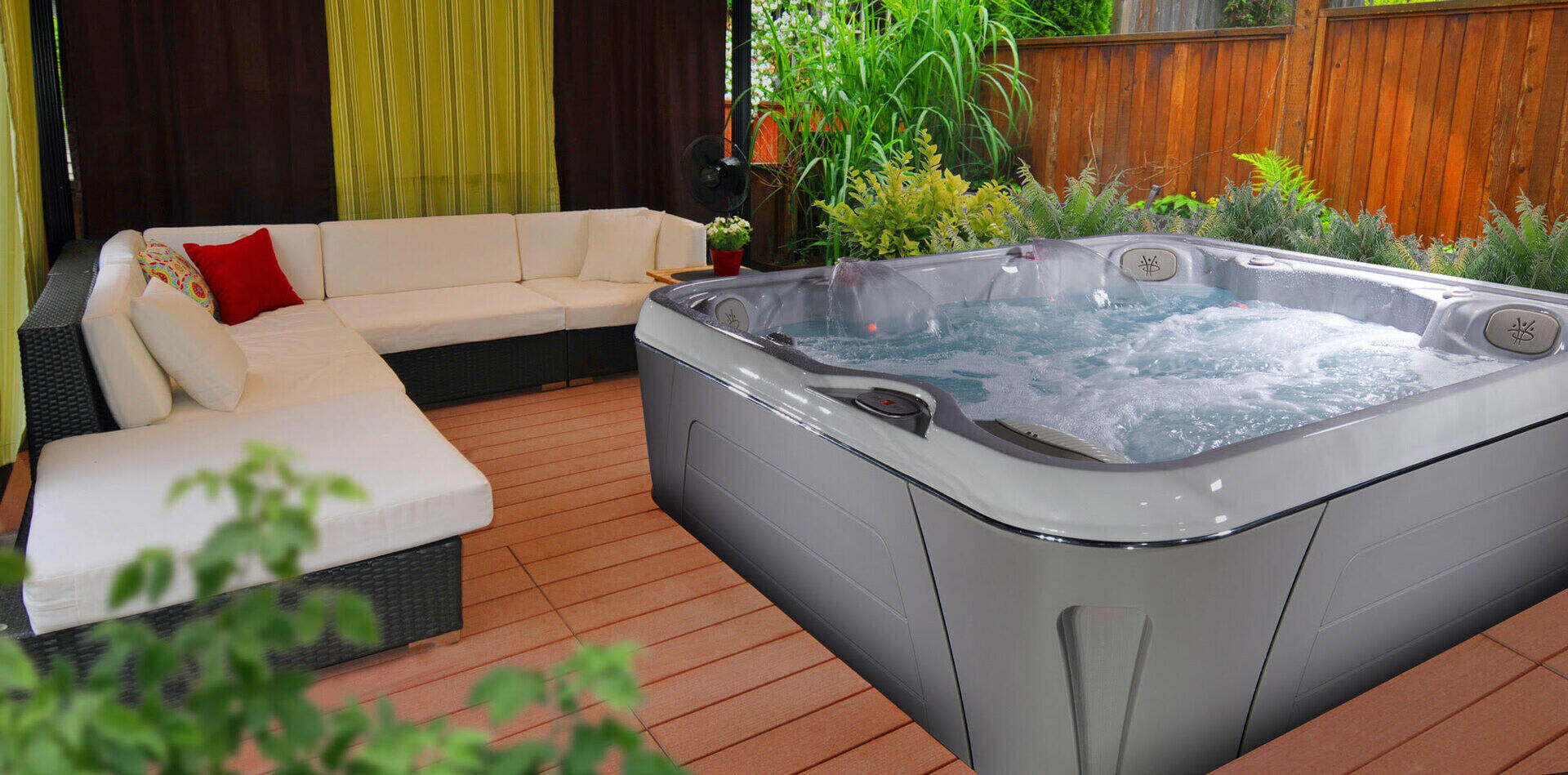
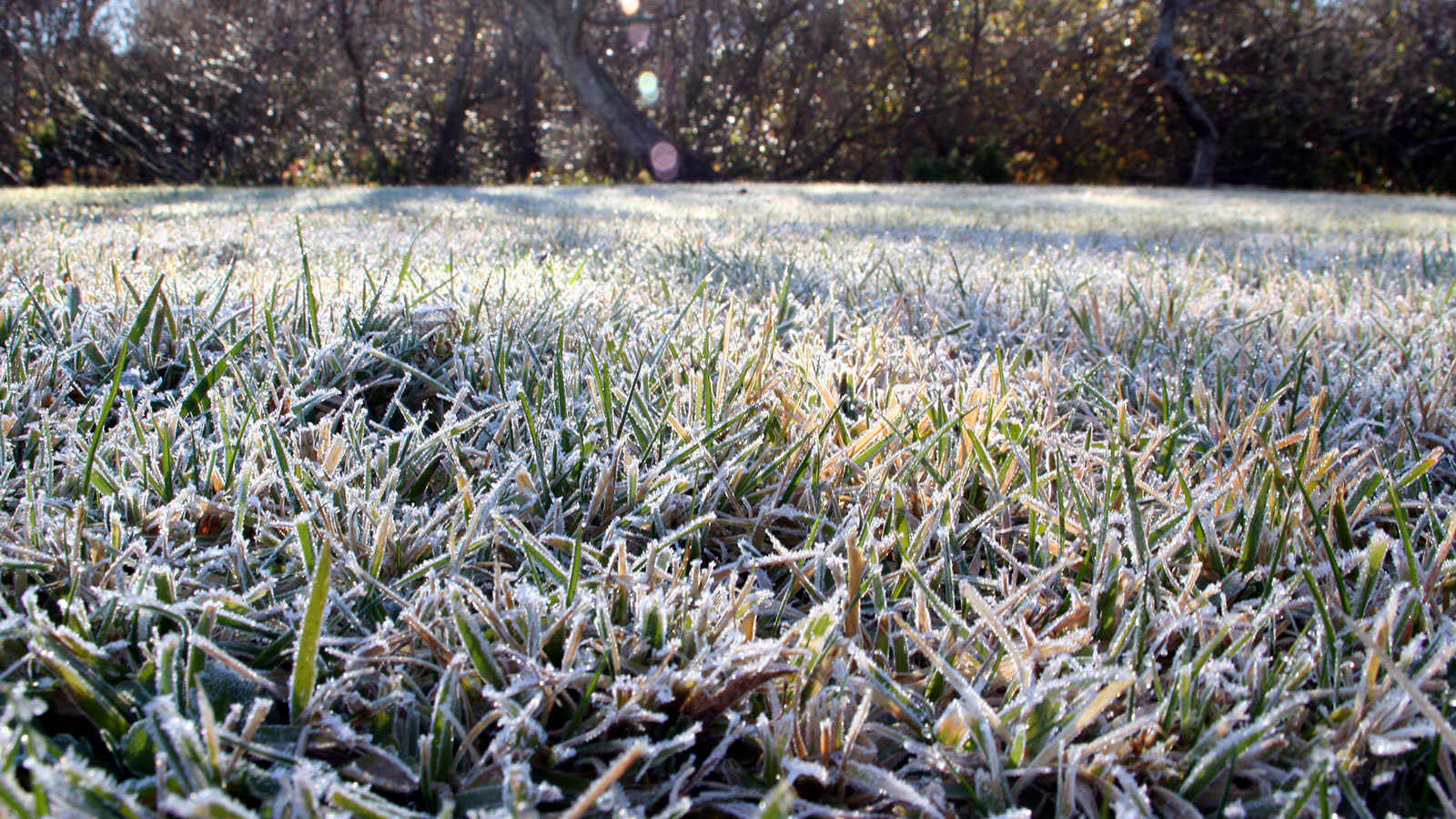
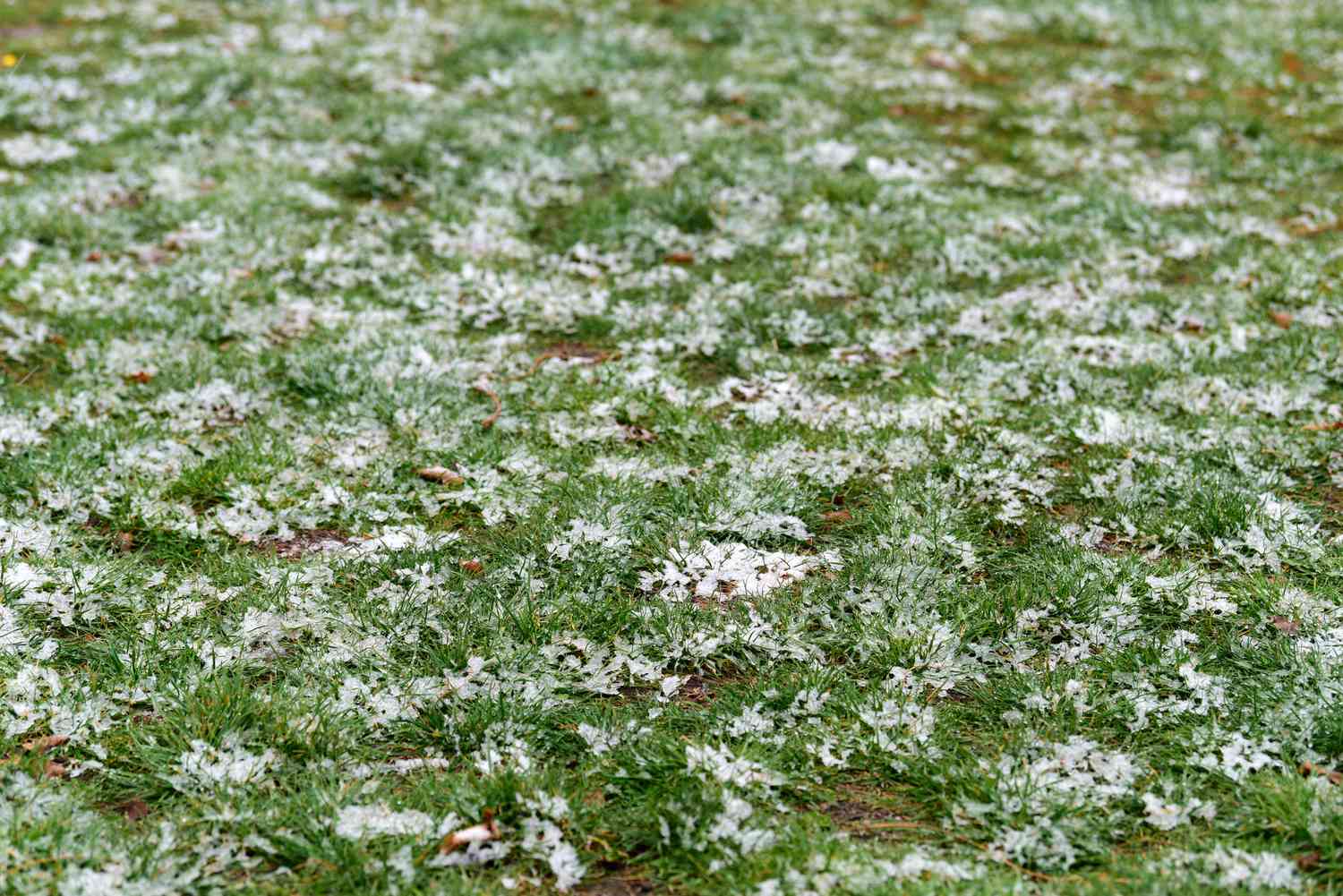

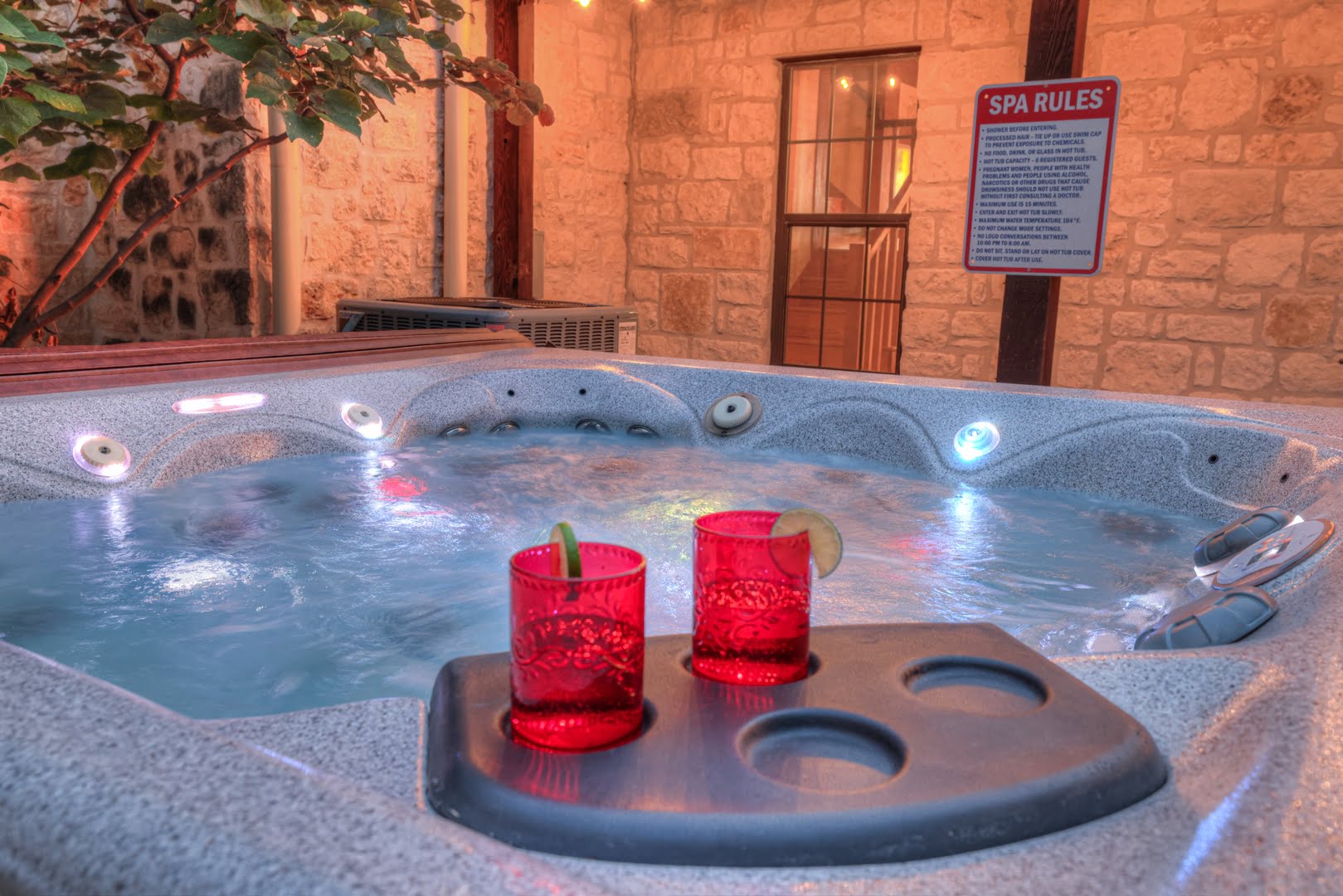
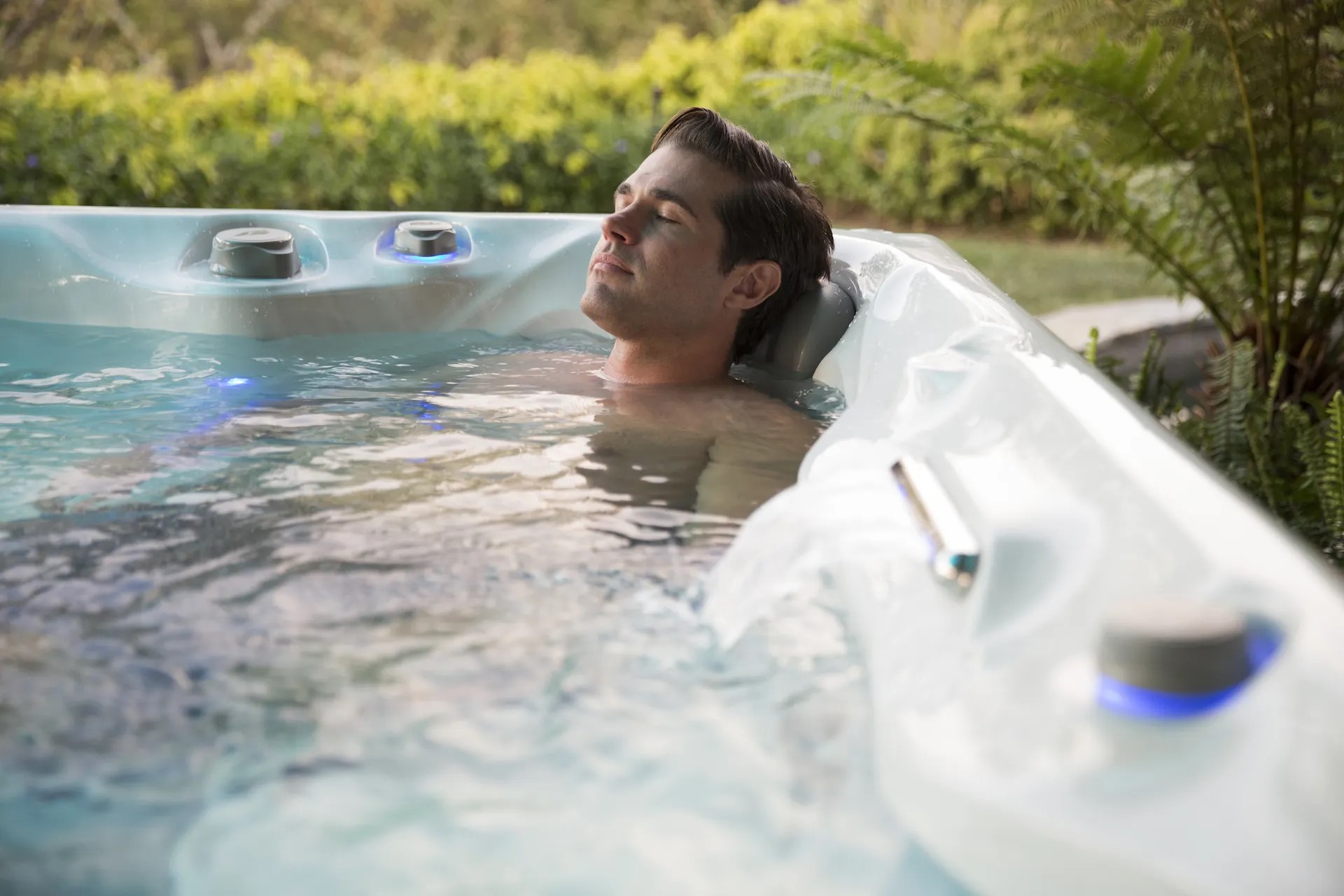
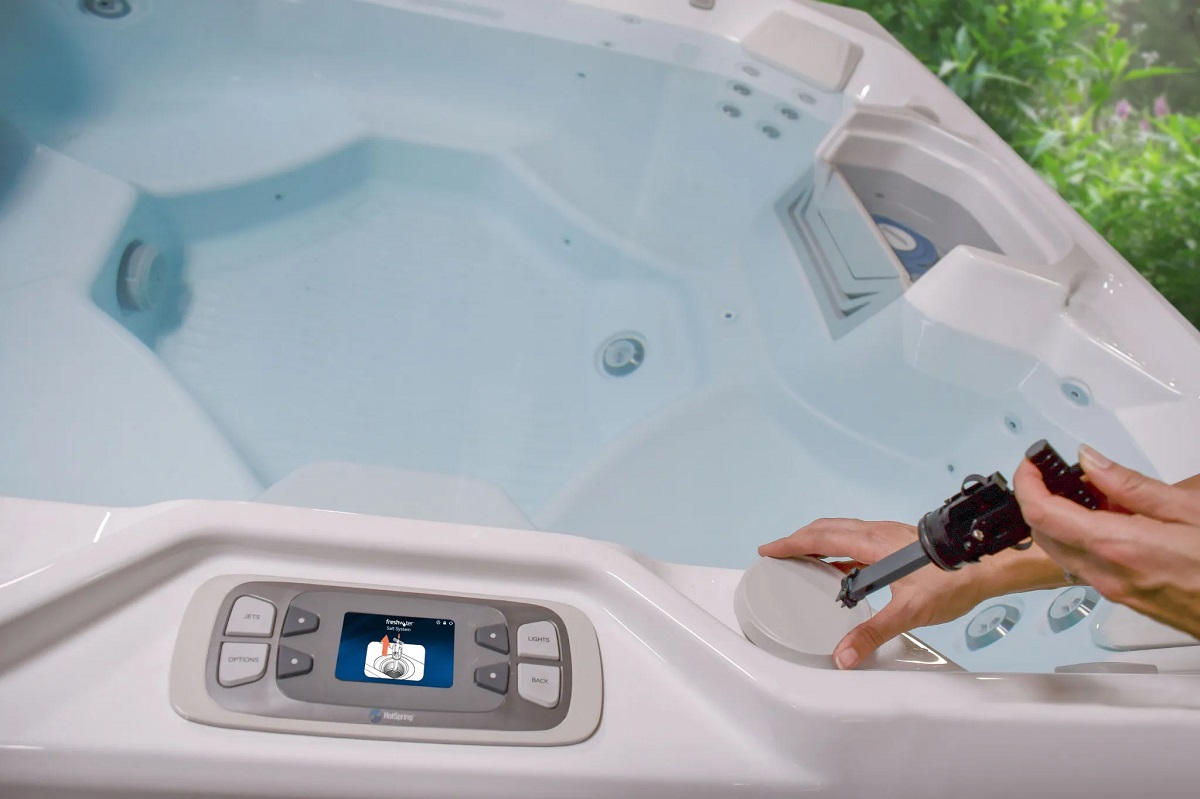
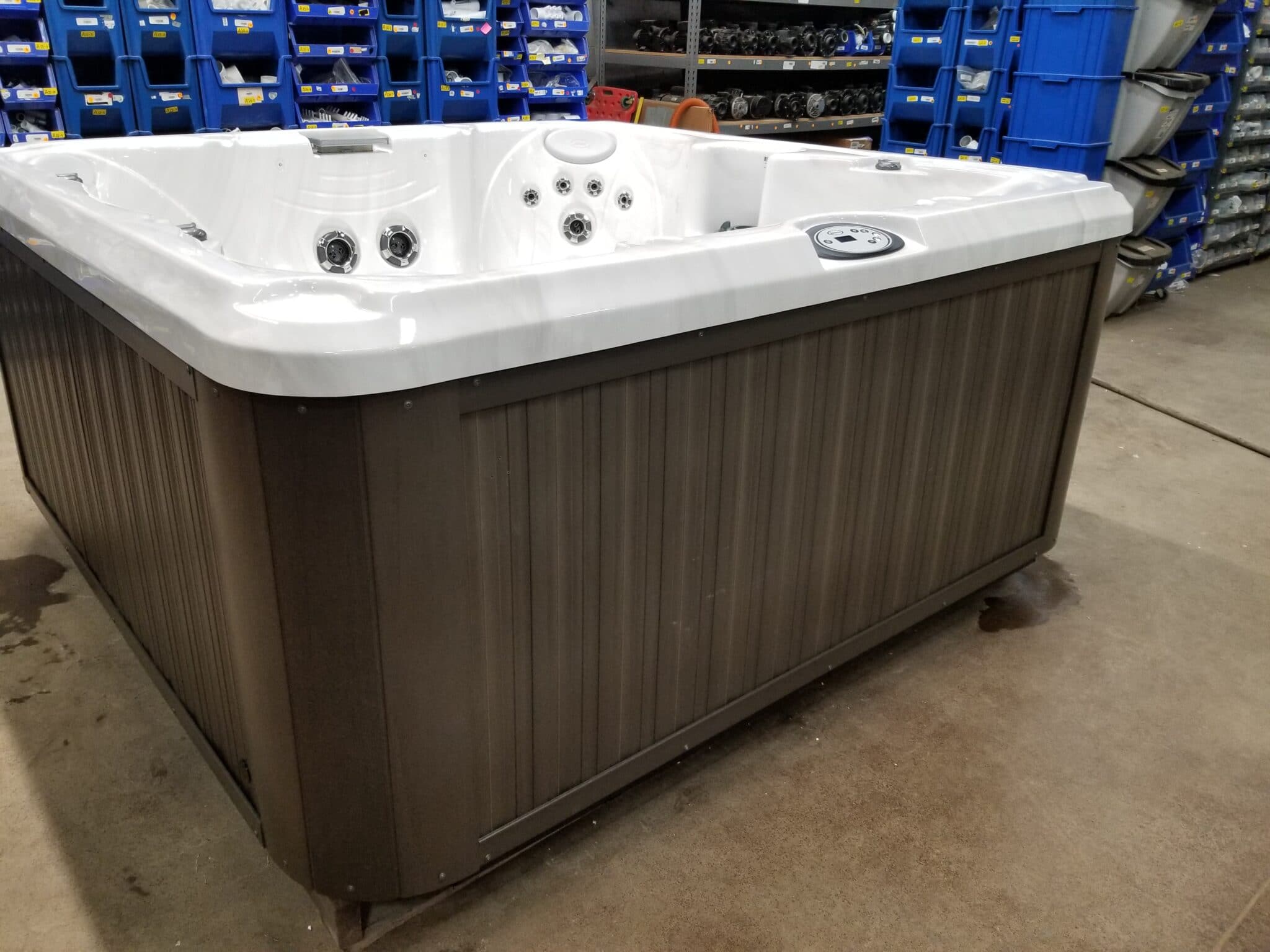
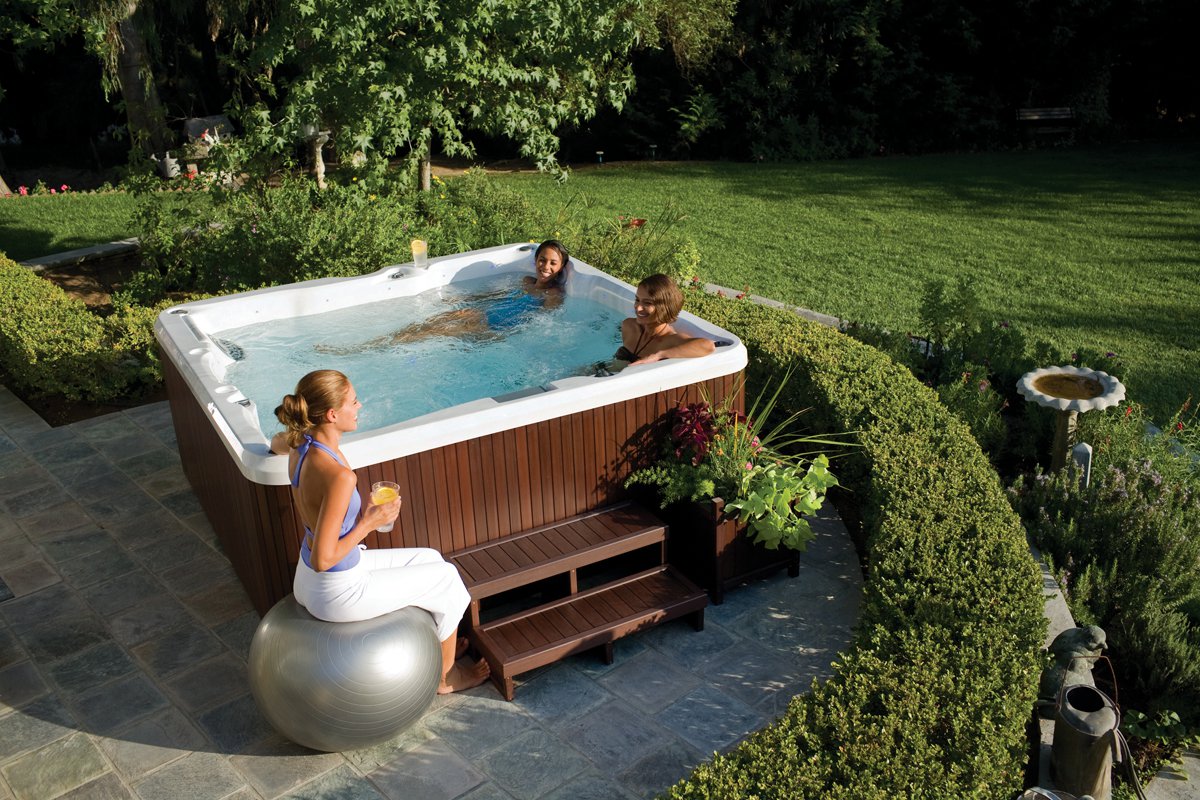
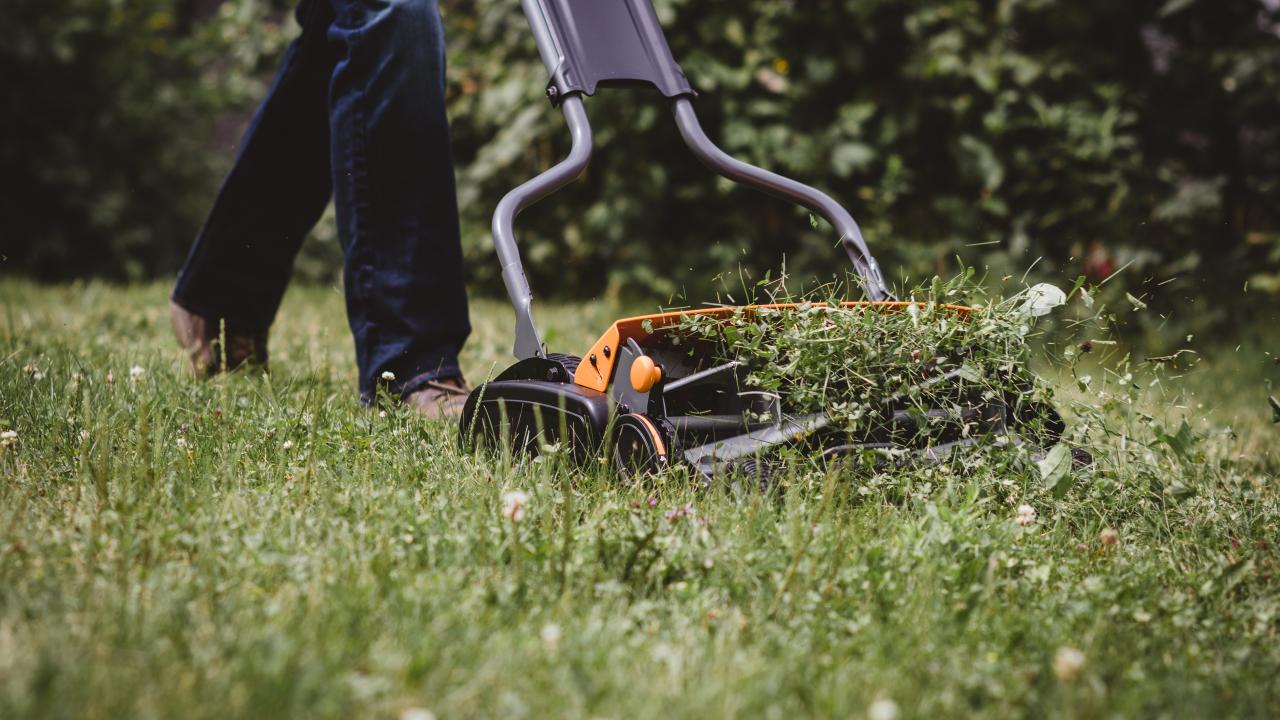
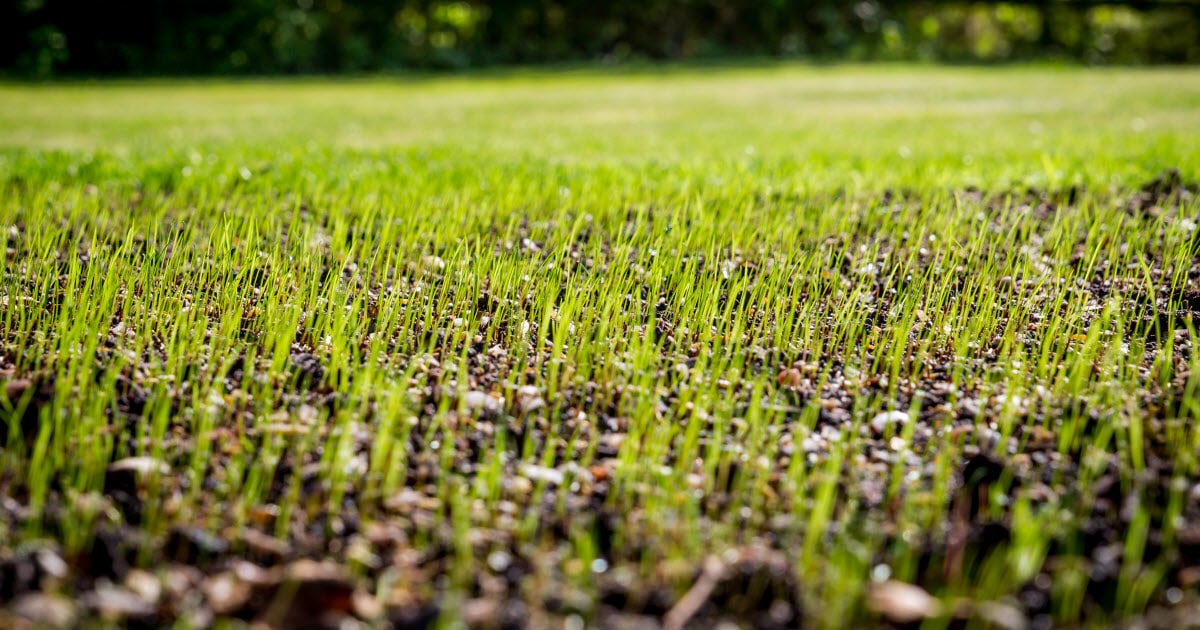
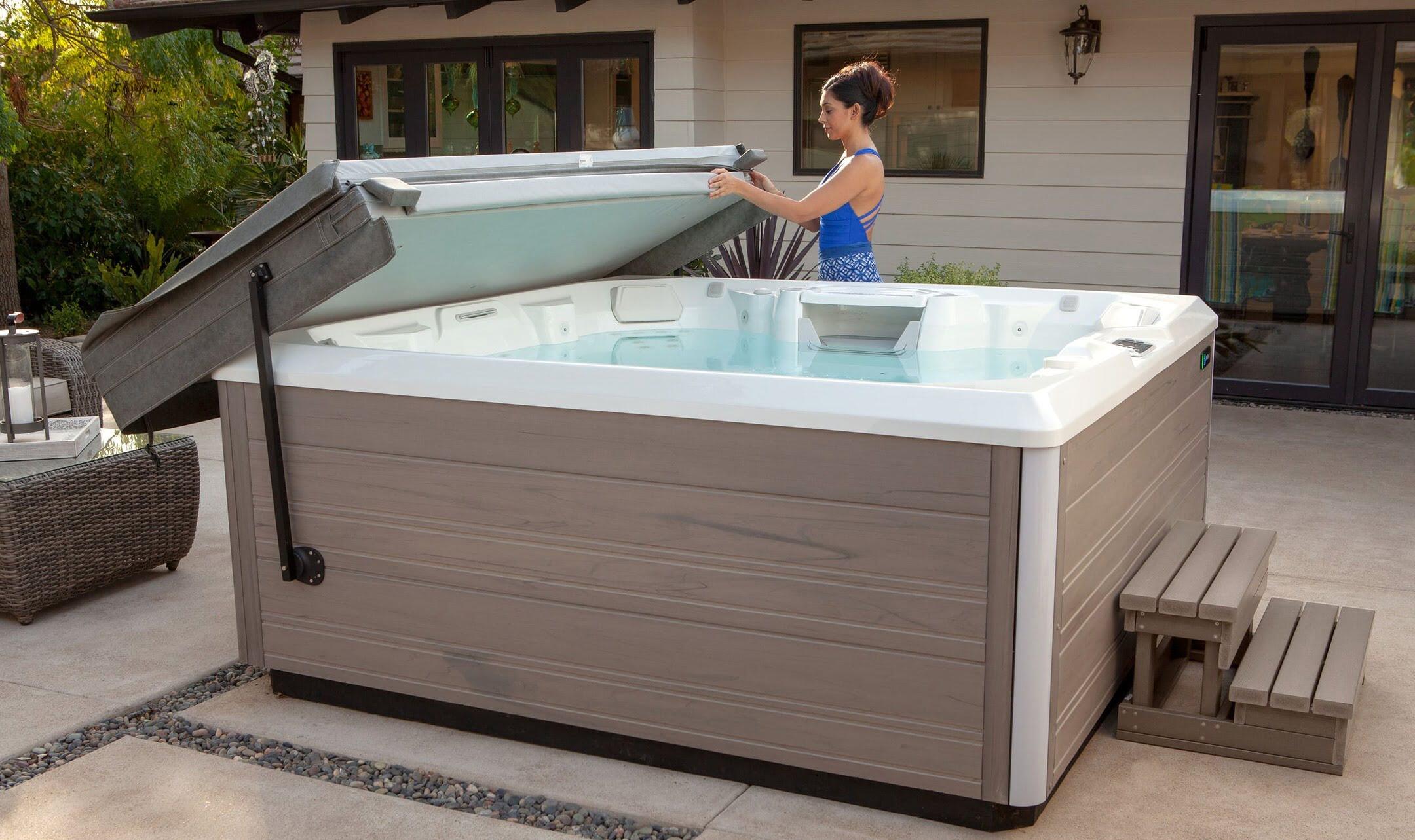
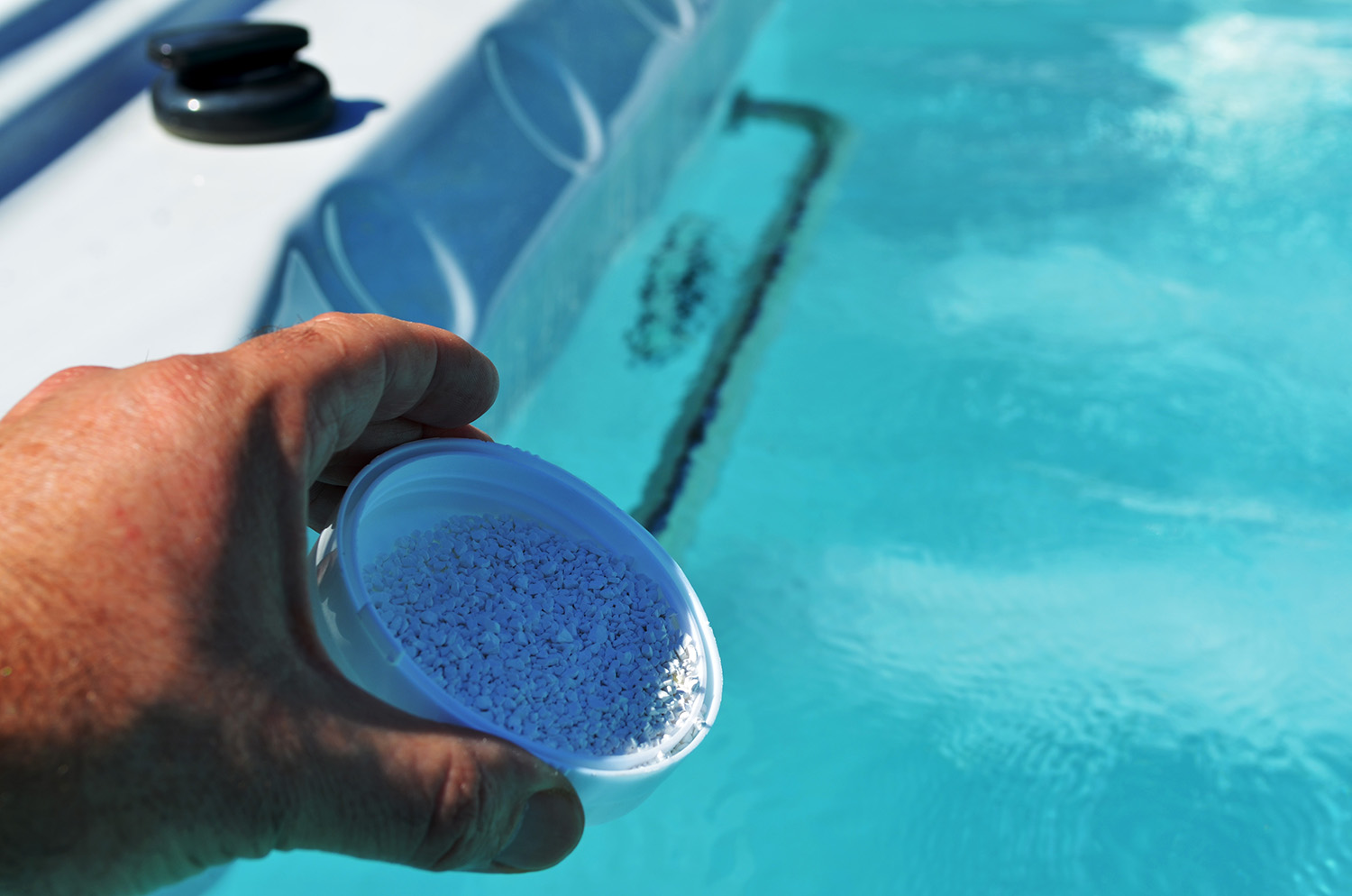
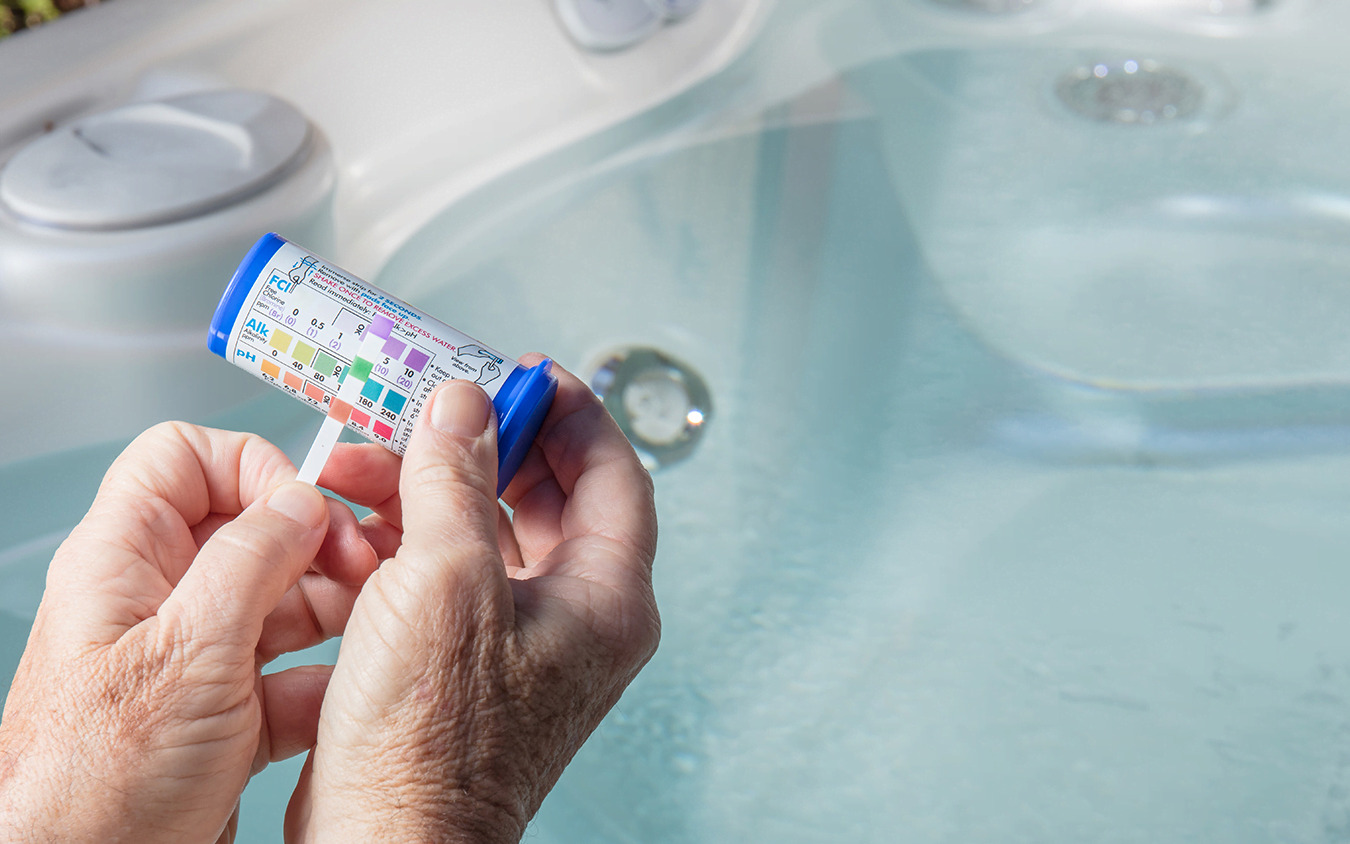

0 thoughts on “How Cold Is Too Cold To Use On A Hot Tub”